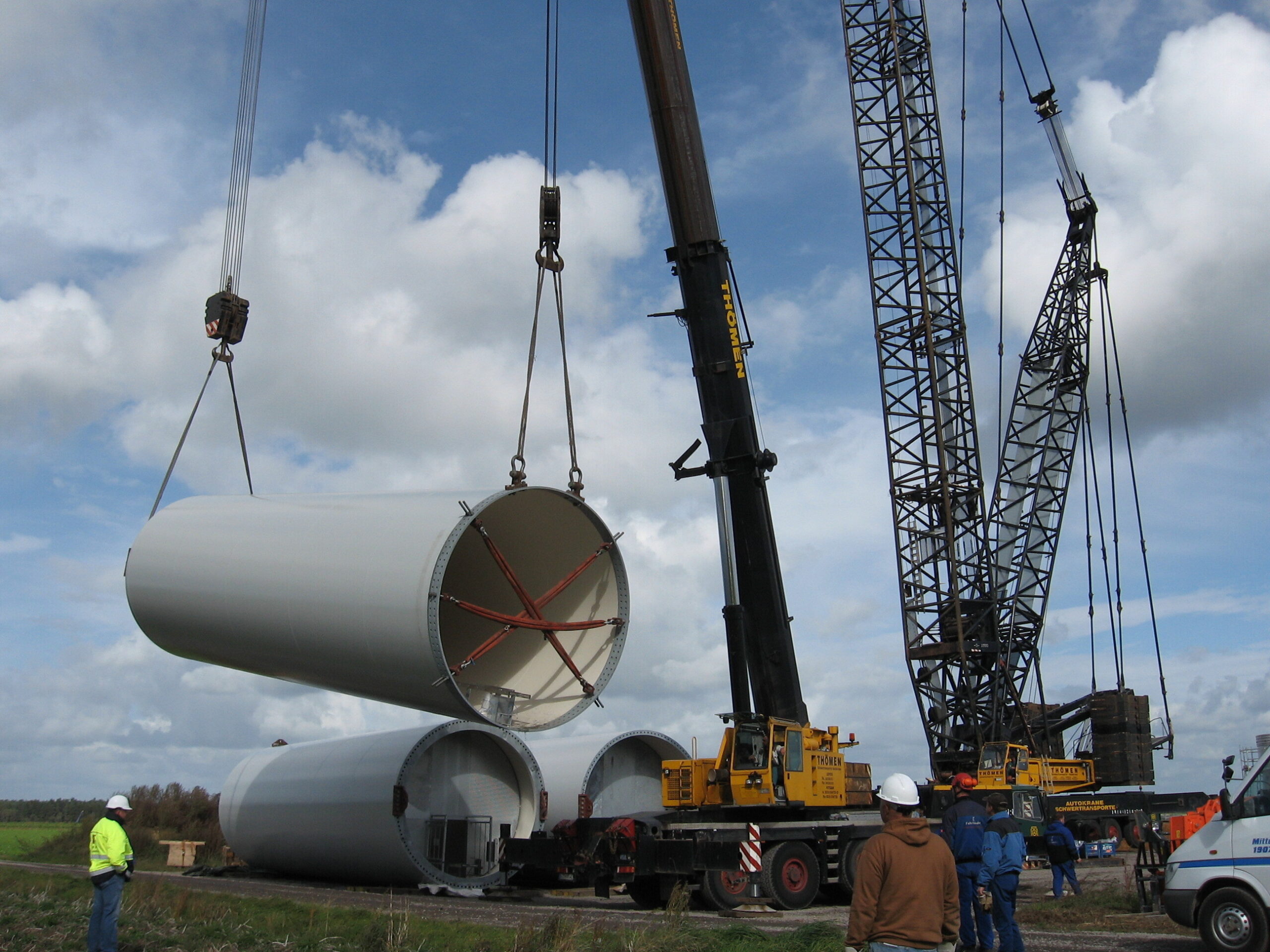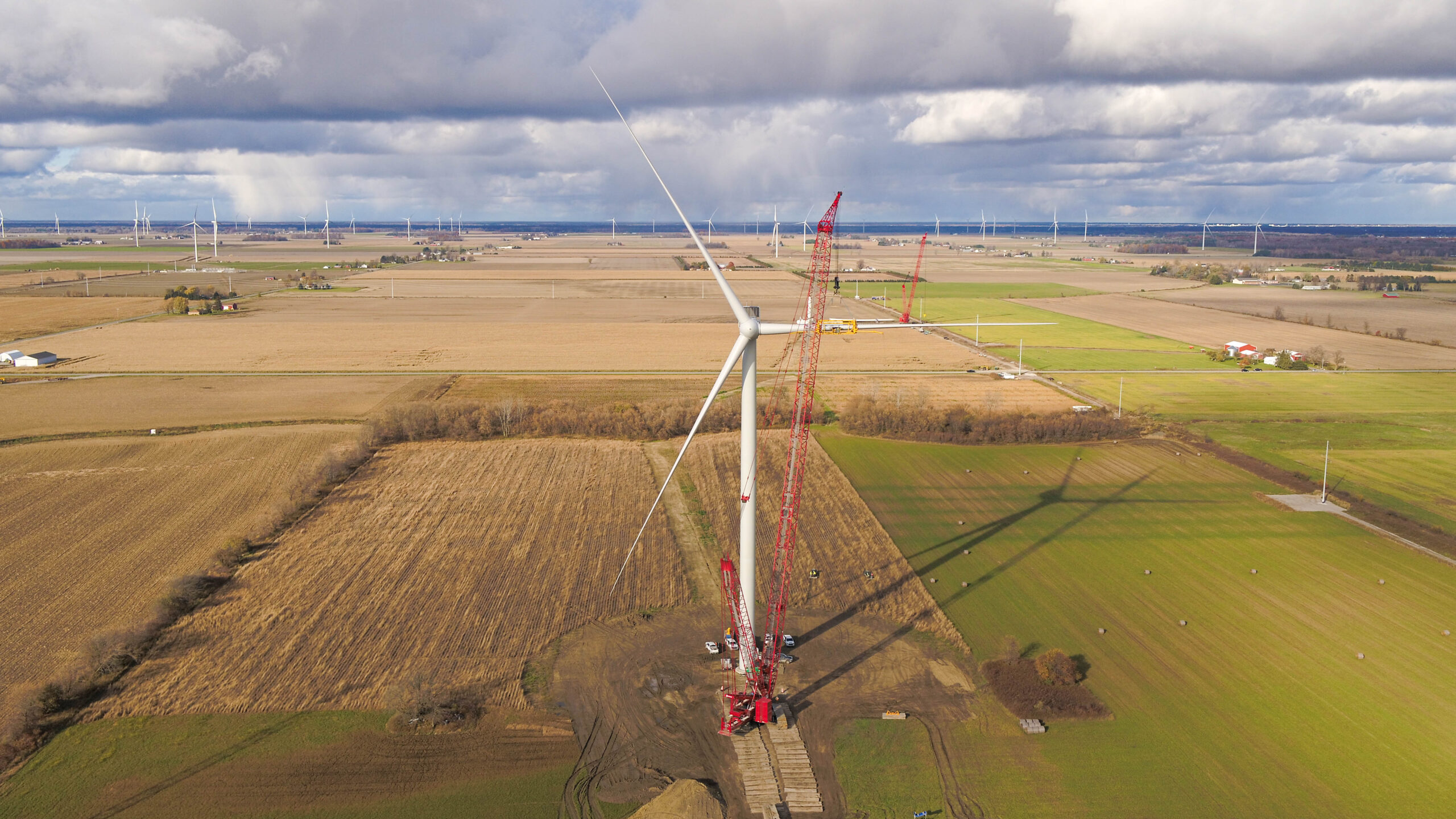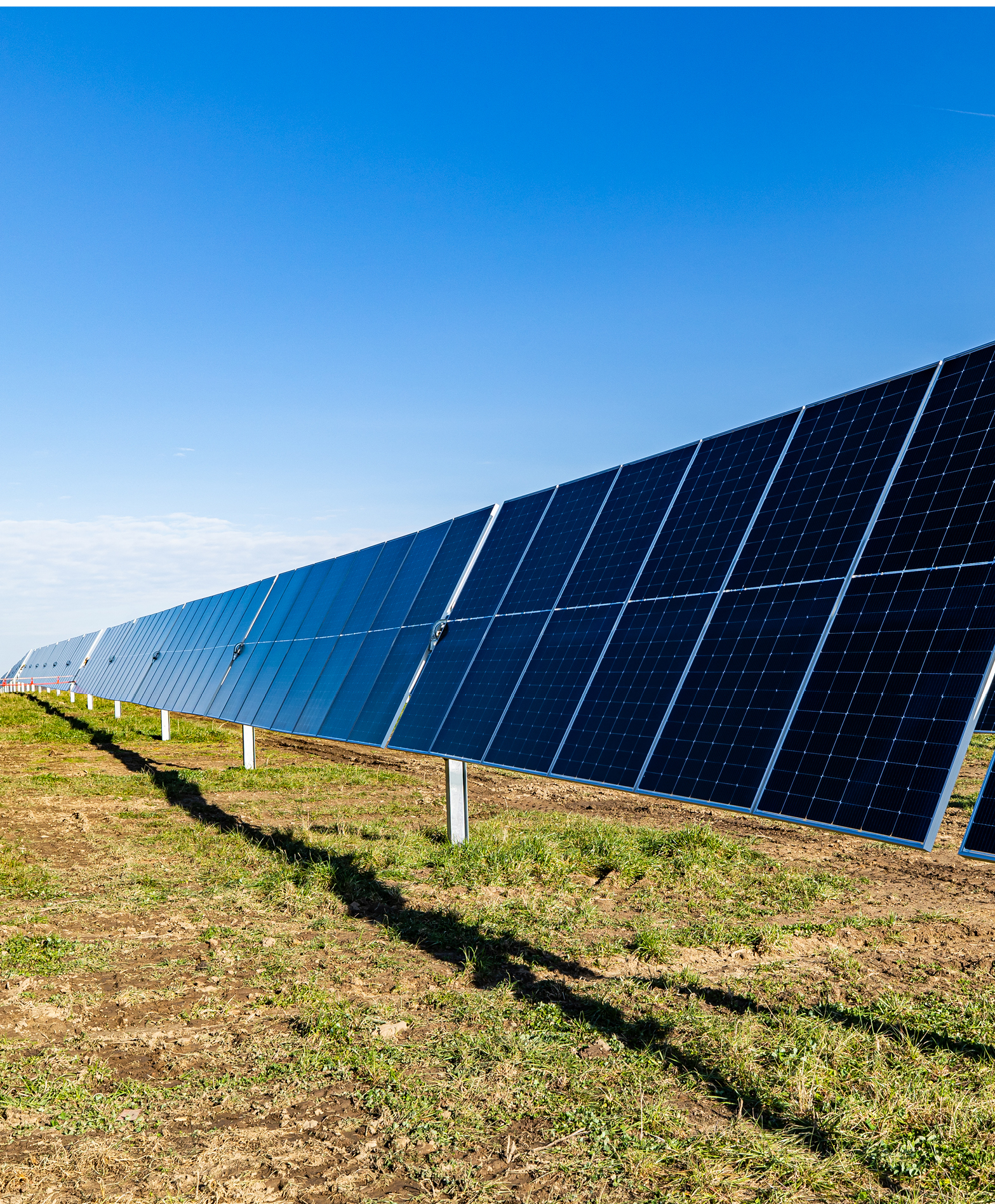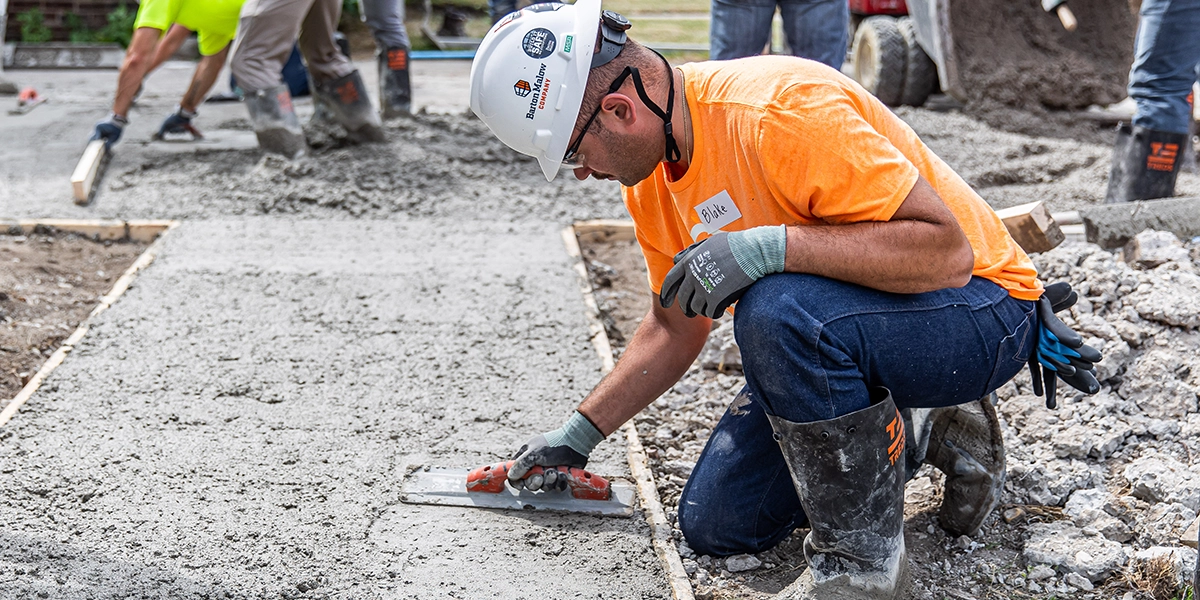The Wind Farm Chronicles
Projects
Throughout its 100-year history, Barton Malow has embraced new trends and technologies head on. From pioneering the construction management delivery method to building electric battery plants for the automotive industry to manufacturing buildings from the top down with LIFTbuild technology, Barton Malow has always been up to the challenge of change.
Barton Malow’s foray into wind farm construction is a perfect example of its history of identifying an emerging technology and turning it into a growing business.
The Wind Beneath Our Wings
Since first entering the wind energy market in 2008, Barton Malow’s renewable energy division has finished more than 20 projects, erected more than 500 wind turbines, and devoted 1.75 million construction craft hours, and the company was among the first contractors in Michigan to gain entrance into the “One Gigawatt Club.” (That’s enough installed renewables to power 876,000 households!)
But for Barton Malow’s first wind project, Stoney Corners Wind Farm in McBain, Michigan, with Heritage Sustainable Energy, meeting challenges head on and learning by doing built the foundation of expertise that has made Barton Malow the leader in wind farm construction and renewable energy in Michigan.
Challenges Make You Smarter
The pilot phase of that first project included two turbines, each generating 2.5 megawatts. The lessons learned at Stoney Corners were the seeds that eventually grew into the expertise Barton Malow needed to tackle today’s more complex, powerful, and larger-scale projects.
Project Director for Renewable Energy Ryan Johnston, an intern on the first wind farm project in 2008, recognizes these humble beginnings led to years of learning and then to being a leader in this important category.
“It really fit us well, because back when we had Oak Park self-perform, it was going to involve a little piece of everything we were doing. It had a civil component, it had a concrete component, it had a rigging component.”
Logistics
One of the biggest challenges from the start was grappling with the project’s sheer enormity.

Wind Turbine Install at Stoney Corners in 2007
Managing safety, quality, and how to get people and equipment to locations posed real challenges. Building roads, planning routes, accommodating nearby communities, and even dealing with deer populations make wind farm construction different from typical projects.
“That’s also what makes them a little bit more fun to build too, because you have some unique challenges that way,” says Senior Project Manager Curtis Brown.

Foundation Pour at Stoney Corners
Safety and Safety Training
From the very beginning, wind farm construction demanded a more deliberate approach to safety, and a High Tower Rescue Training course offered by an industry partner that we send team members to is a direct result. Being prepared to act in an emergency was critical to keeping team members safe.
Ryan explains the details: “Setting up your project with emergency action, setting up how your communication flows when something happens, staging people at those points in case they’ve got to divert an ambulance through the project, making sure people are trained in how to connect another person to their harness and lower them to the ground.”
Barton Malow’s emergency action plans even went beyond training team members, extending to local emergency services, hospitals, and police departments.
Weather and Lightning
With workers often more than 300 feet in the air, storms and lightning pose extraordinary risks. Establishing a clear lightning policy was critical. Communications about potential weather threats were handled with a dedicated emergency radio channel and a special app all team members could use both on the ground or in the air.
“Wind farms put you over 300 feet in the air,” says Curtis. “It takes quite a bit of time to gather up tools and climb down the tower. We did expand that radius for wind projects when people are up in the air because of the extra time it takes to get people down to a safe location.”
General Communication
Communicating with all team members on-site is an even bigger challenge when a single wind farm project can be spread over hundreds of miles. To facilitate ongoing communications, a robust radio system was created to ensure team members could talk across what might be a 30-square-mile (or more) project.
“As that evolved,” remembers Ryan, “we learned that we needed to have designated channels — a channel just for safety, a channel for civil, one for our foundations, one for our turbine assembly folks.”
This allowed the entire team to maintain in-time communication not only within their discipline but across functions.

DTE Energy Meridian Wind Park Blade Installation
It's the Wind
So, what’s the future for wind power and Barton Malow?
A report from the Office of Energy Efficiency & Renewable Energy says, “Wind can be a viable source of renewable electricity in all 50 states by 2050.” Plus, turbine blades have grown in size. The energy generated has also grown — from 0.5 to more than 6 megawatts per turbine. Even the cranes used in construction have gotten bigger and more advanced. The future of wind power only generates more opportunity for Barton Malow.
Once a wind farm project is completed, Curtis gets a feeling of accomplishment unlike any other in his career.
“You put your heart and soul and you spend time away from your family and you get this coalition of folks out on your project, and you’re in the battle together dealing with all the challenges,” he says. “But when the last turbine goes up, it’s just a feeling unlike any other — that we’ve built something that me and my family are going to see for at least 30 years.”


